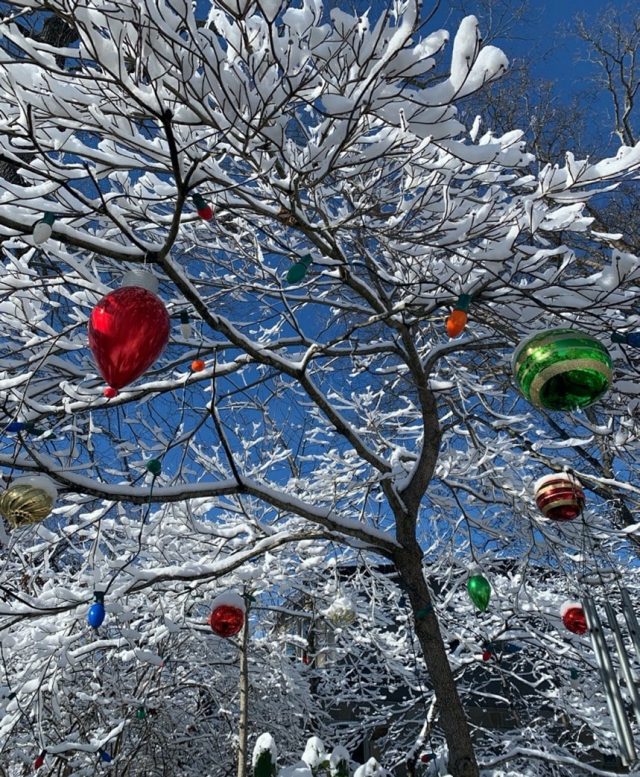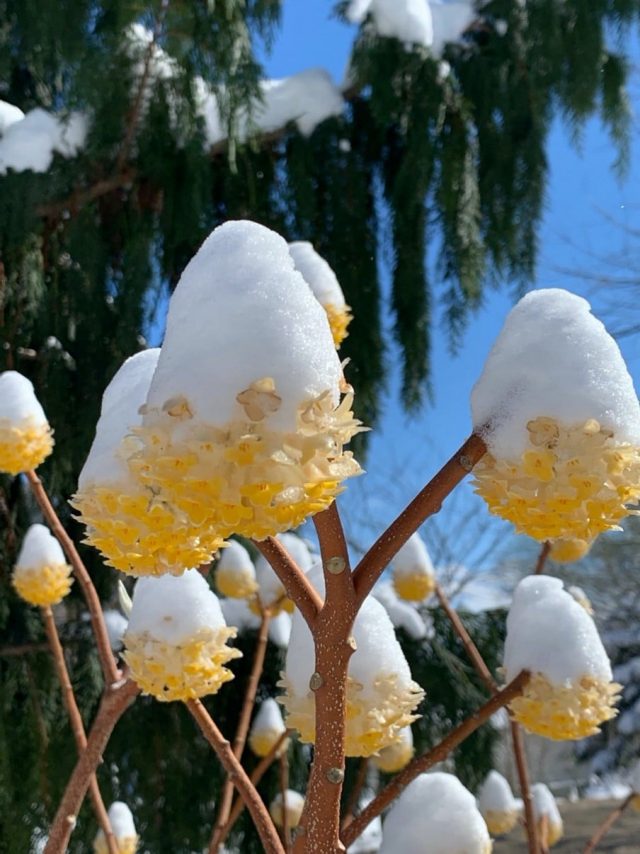LANDSCAPE STRUCTURE REVEALED
Snow is rare in the Southeast. With climate change that may need to be edited to say “snow never occurs in Knoxville”. Personally, I love it! Especially now that I’m retired from teaching and pretty much call my own shots. When there is talk of “weather” I’m pretty skeptical. I once told someone “Knoxville will have white Christmas when planets align.” Christmas eve about a month after planets did indeed align, we had 5” of th4 beautiful white stuff!
When I was teaching, I mentioned to students that when it comes to planting design there are four key principles; line, form, texture, and color. Of these there is one that is really important when choosing plants. A hint. It’s not color, texture, or line. Ding ding! You guessed right! It’s form.

When I’m designing it’s usually always in plan view (seen from above). I choose circles of various sizes to represent a tree or shrub’s diameter several years into its maturity. I like to focus on flow, interest, and the creation of sub-spaces or outdoor rooms as I place these symbols. The very last thing I do is get out my cheat sheets, listing many different plant names and decide on what that plant is to be based on factors such as exposure to sun, soil, water needs, etc.
But before I make the final decision, I think about the overall plant form I’m looking for (short and squatty, tall and thin, elliptical, rounded, etc.) So many folks think their gardens are dull and uninteresting in the winter but I beg to differ. Often when don’t even notice attractive bark textures or amazing branch structure until the leaves fall (deciduous trees) or we can’t appreciate an evergreen’s overall form until there is less competition from nearby plants.

It is especially cool to go out for a stroll after a little dump of snow with our cameras (that sometimes double as a phone) and capture the magic. So, the next time the planets align (if you’re in the south) be ready to appreciate a usually underappreciated treat. The overall form of the showpieces in our gardens.







